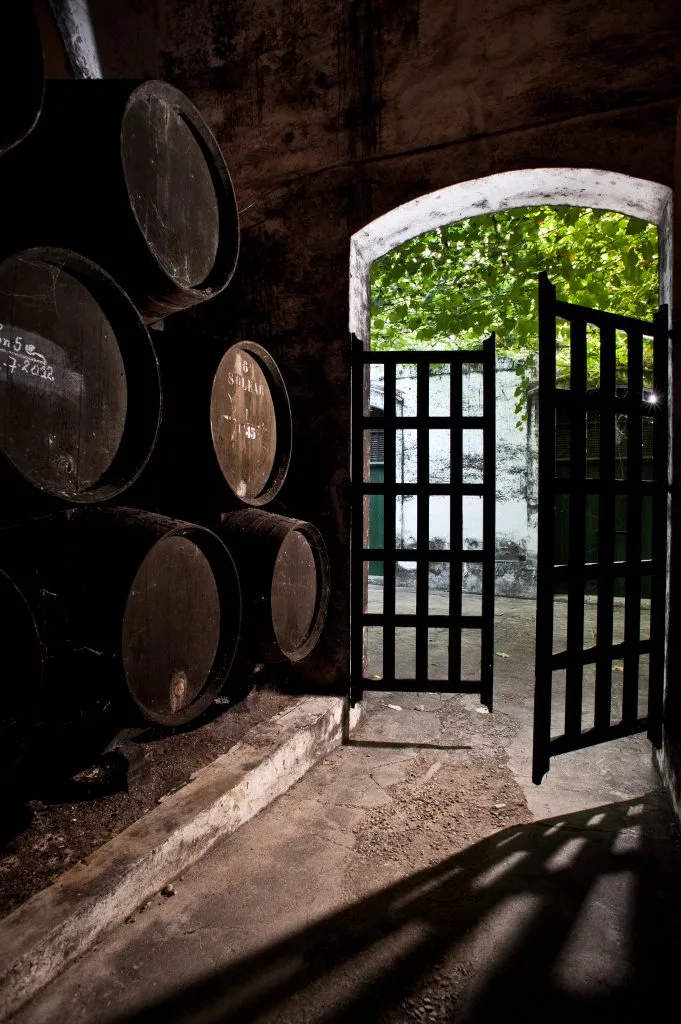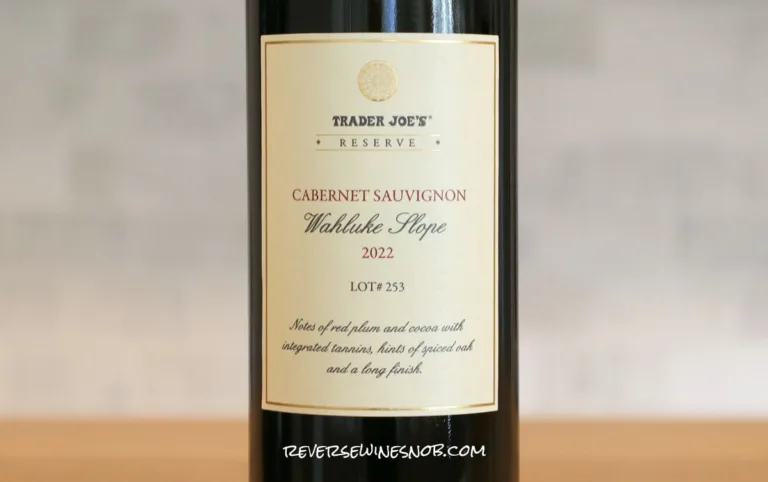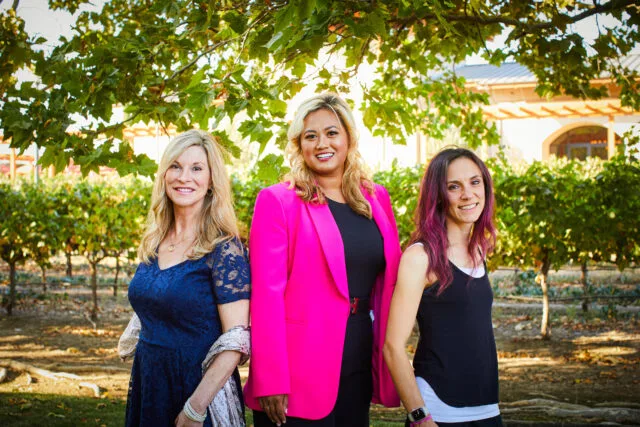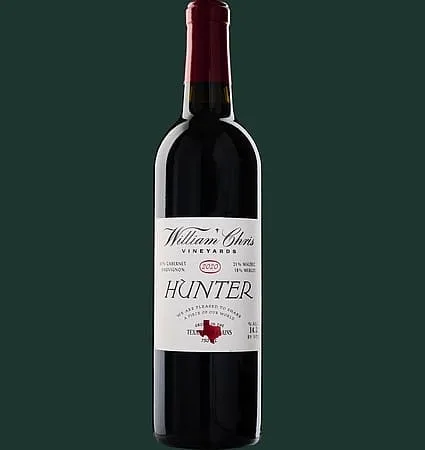Sherry’s riches-to-rags history offers a cautionary tale, but today’s producers are increasingly focused on this great drink’s premium credentials – and perfecting the message for wine consumers. Richard Woodard reports. Take a leisurely lunch in one of the excellent seafood restaurants along Sanlúcar de Barrameda’s Bajo de Guía and you’d be hard-pressed to believe that there’s anything much wrong with the world. Just upstream along the Guadalquivir river lies the aptly-named port of Bonanza, out of which Iberian explorers set out into the New World, their ships returning groaning with gold. Sanlúcar is Sherry country – more specifically, manzanilla country – and home to Barbadillo, the family-owned bodega whose flagship product is Solear manzanilla. Given the size of the Solear sign overlooking the playa, you’re unlikely to forget it. Few would argue that Sherry is one of the world’s greatest vinous creations, but many will also be aware that the past few decades have been less than kind to the wine, or the region. “If you went back to the 1960s, you would find a bottle of Harveys Bristol Cream, in terms of pricing, was up there with some of the better Bordeaux,” points out Tim Holt, area director at Barbadillo. “That all went horribly wrong through the late 1970s and, especially, the 1980s.” Sherry died a near-death by 1,000 commoditising cuts: the takeover of Williams & Humbert by José María Ruiz-Mateos, spawning the vast Rumasa empire, followed by a greed-driven race to the bottom that all but killed
This Article was originally published on The Drink Business - Fine Wine







